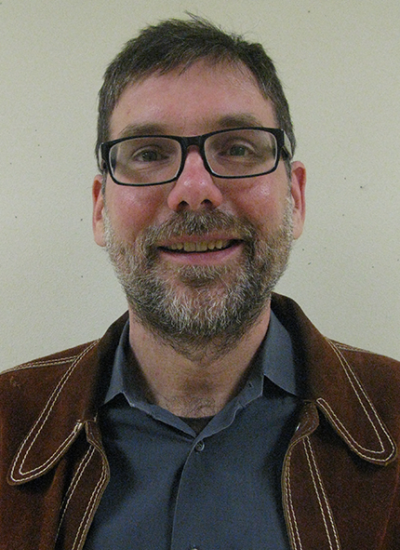Matthew Hj Cordes
Publications
Venoms of the sicariid spiders contain phospholipase D enzyme toxins that cause severe dermonecrosis and even death in humans. These enzymes convert sphingolipid and lysolipid substrates to cyclic phosphates by activating a hydroxyl nucleophile present in both classes of lipid. The most medically relevant substrates are thought to be sphingomyelin and/or lysophosphatidylcholine, which are common lipids in mammals. To better understand the substrate preference of these toxins, we used 31P-NMR to compare the activity of three related but phylogenetically diverse sicariid toxins against a diverse panel of sphingolipid and lysolipid substrates. Two of the three showed significantly faster turnover of sphingolipids over lysolipids, and all three showed a strong preference for positively charged (choline and/or ethanolamine) over neutral (glycerol and serine) head groups. Strikingly, however, the enzymes vary widely in their preference for choline, the head group of both sphingomyelin and lysophosphatidylcholine, versus ethanolamine. An enzyme from Sicarius terrosus showed a strong preference for ethanolamine over choline, while two paralogous enzymes from Loxosceles arizonica either preferred choline or showed no significant preference. Intrigued by the novel substrate preference of the Sicarius enzyme, we solved its crystal structure at 2.1 A resolution. The evolution of variable substrate specificity may help explain the reduced dermonecrotic potential of some natural toxin variants, because mammalian sphingolipids use primarily choline as a positively charged head group; it may also be relevant for sicariid predatory behavior, because ethanolamine-containing sphingolipids are common in insect prey.
Native protein structures achieve stability in part by burying hydrophobic side-chains. About 75% of all amino acid residues buried in protein interiors are non-polar. Buried residues are not uniformly distributed in protein sequences, but sometimes cluster as contiguous polypeptide stretches that run through the interior of protein domain structures. Such regions have an intrinsically high local sequence density of non-polar residues, creating a potential problem: local non-polar sequences also promote protein misfolding and aggregation into non-native structures such as the amyloid fibrils in Alzheimer's disease. Here we show that long buried blocks of sequence in protein domains of known structure have, on average, a lower content of non-polar amino acids (about 70%) than do isolated buried residues (about 80%). This trend is observed both in small and in large protein domains and is independent of secondary structure. Long, completely non-polar buried stretches containing many large side-chains are particularly avoided. Aspartate residues that are incorporated in long buried stretches were found to make fewer polar interactions than those in short stretches, hinting that they may be destabilizing to the native state. We suggest that evolutionary pressure is acting on non-native properties, causing buried polar residues to be placed at positions where they would break up aggregation-prone non-polar sequences, perhaps even at some cost to native state stability.
Pagination
- First page
- …
- 6
- 7
- 8
- …


